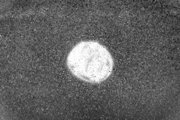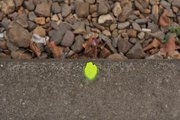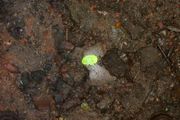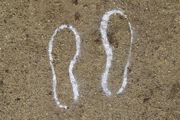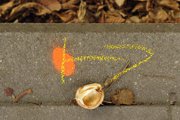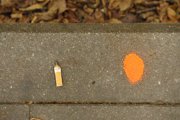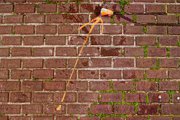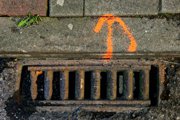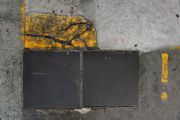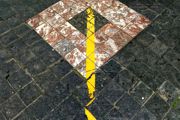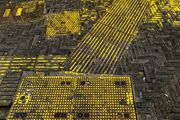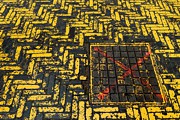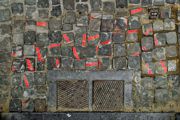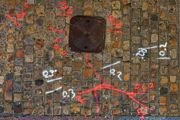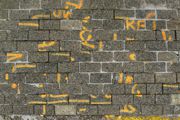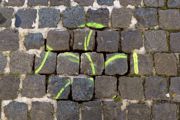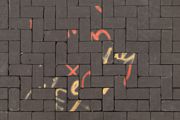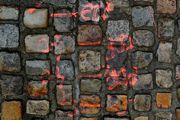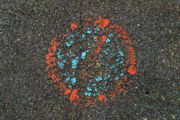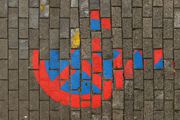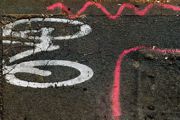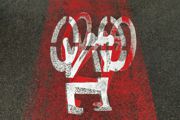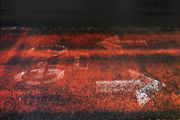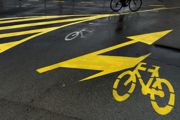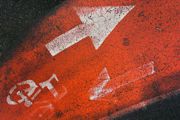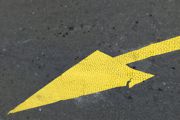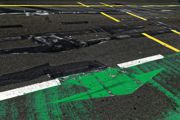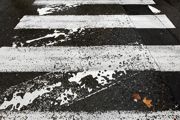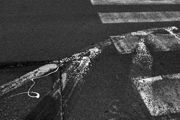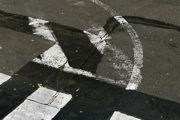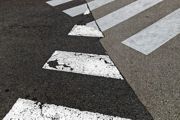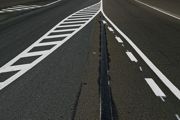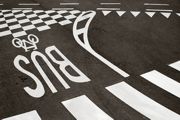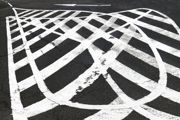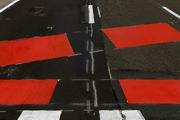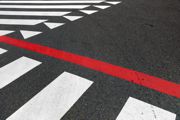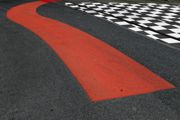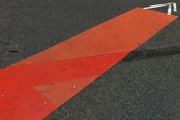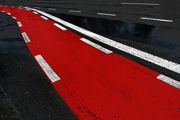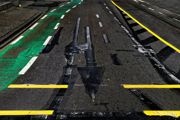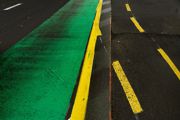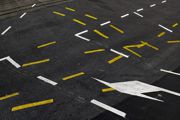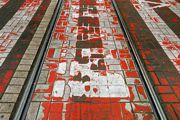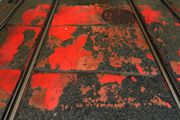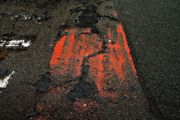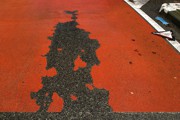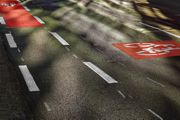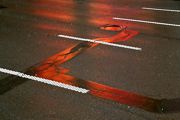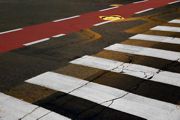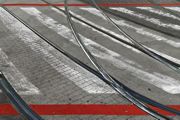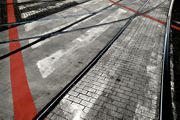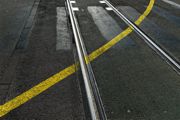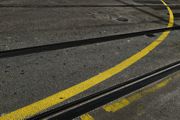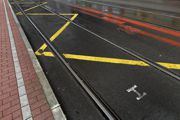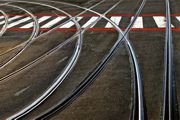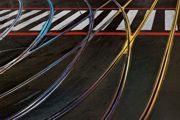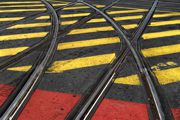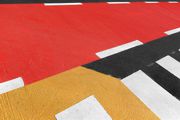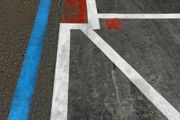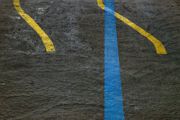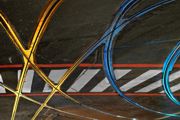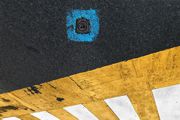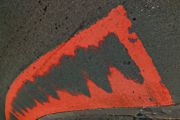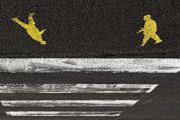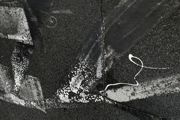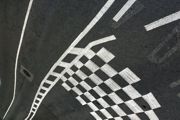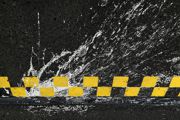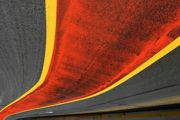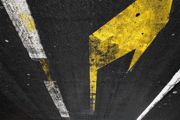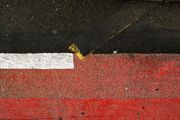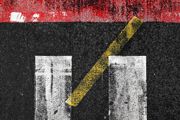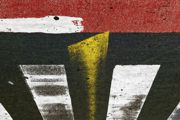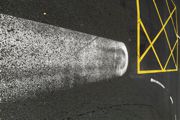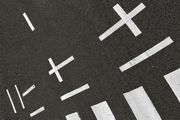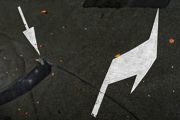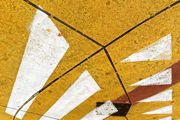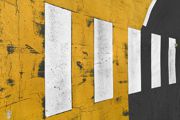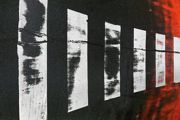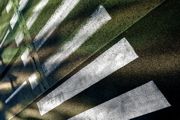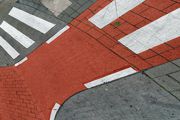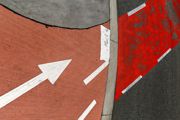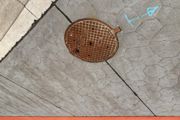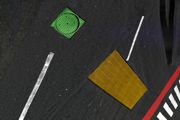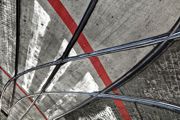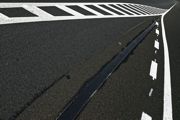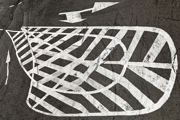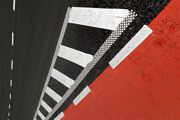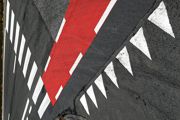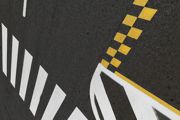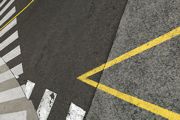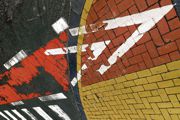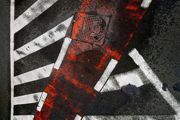The COLOURS of STREETS
Is the quality of an image measured by the spiritual or artistic aura of the subject ? Should we paint a mountain, a twilight or a nice person to experience all the powers of drawing and color ?
For a long time, a classification of pictorial genres prevailed according to the status of the motif, with still life at the bottom. This is evidenced by the embarrassment of Diderot who, sensitive to the pictorial quality of Chardin's Raie, could only attribute its value to the accuracy of figuration.
To free ourselves from the stereotypes of figuration is also to free ourselves from this hierarchy of the work of art according to the interest of the thing represented.
My text Les Couleurs des Esprits mentioned Cesare Vanini, a contemporary of Giordano Bruno, who like him was burned as a heretic because he refused the hierarchical order of the universe preached by the Church. At his trial, Vanini happened to see a straw on the ground, he picked it up and showed it to the judges: "This straw," he said, "makes me believe that there is a God."
Seeing and taking pictures of those ordinary things lying on the ground is an opening to the creative opportunities of the image.
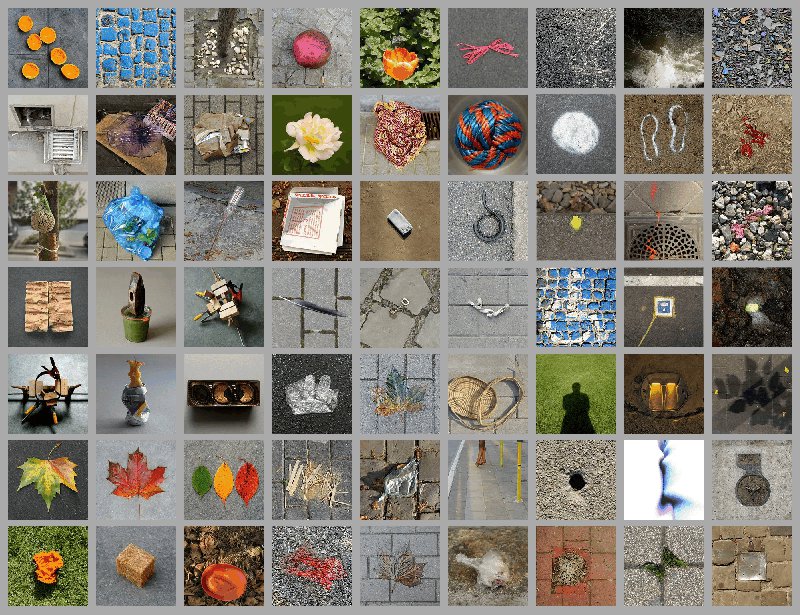
On the sidewalks some inscriptions left there for no evident reason attract my attention.
[The following images may be seen sowewhat larger by clicking on them.]
My attention went to the traffic marks, their geometry disturbed by wear, accidents, and by perspective transformation. Symbols become abstract motifs, with their own geometry, colour and texture.
This series of images is not a report on the vicissitudes of road signs. What is given to the eye is not so much an account of something pleasant or interesting, but an image by itself.
A traditional technique for evaluating their production by painters : turning the painting over to see if it remains good upside down. The figurative values are blurred, and the plastic values of the concrete object are all the more apparent.
Flipping the image does not only make non-figurative pictorial values visible. On the reverse side can also appear figures unnoticed upright, elements of abstraction which have a meaning according to their orientation, as shown by graphology : an arrow pointing to the upper right does not have the same meaning as an arrow pointing to the lower left.
We turned the images upside down; why not then allow other transformations, like the removal of perspective signs ?
Now the arrangement of lines and colors in the image is no longer justified by the relationship to the scene represented, but becomes an organization of rectangular space. The image is no longer a window onto a scene, but a thing in itself. However, it must be recognized that vestiges and a space persist between its appearance and its image.
